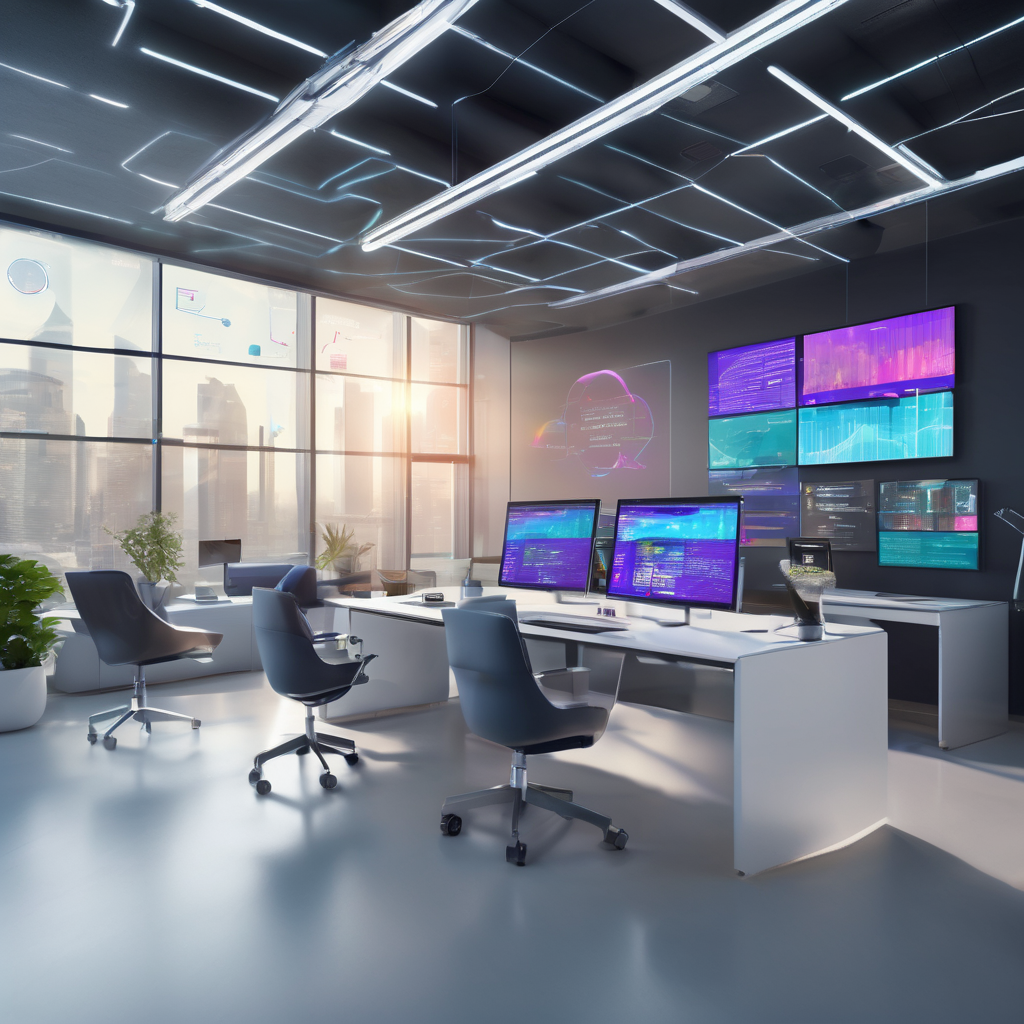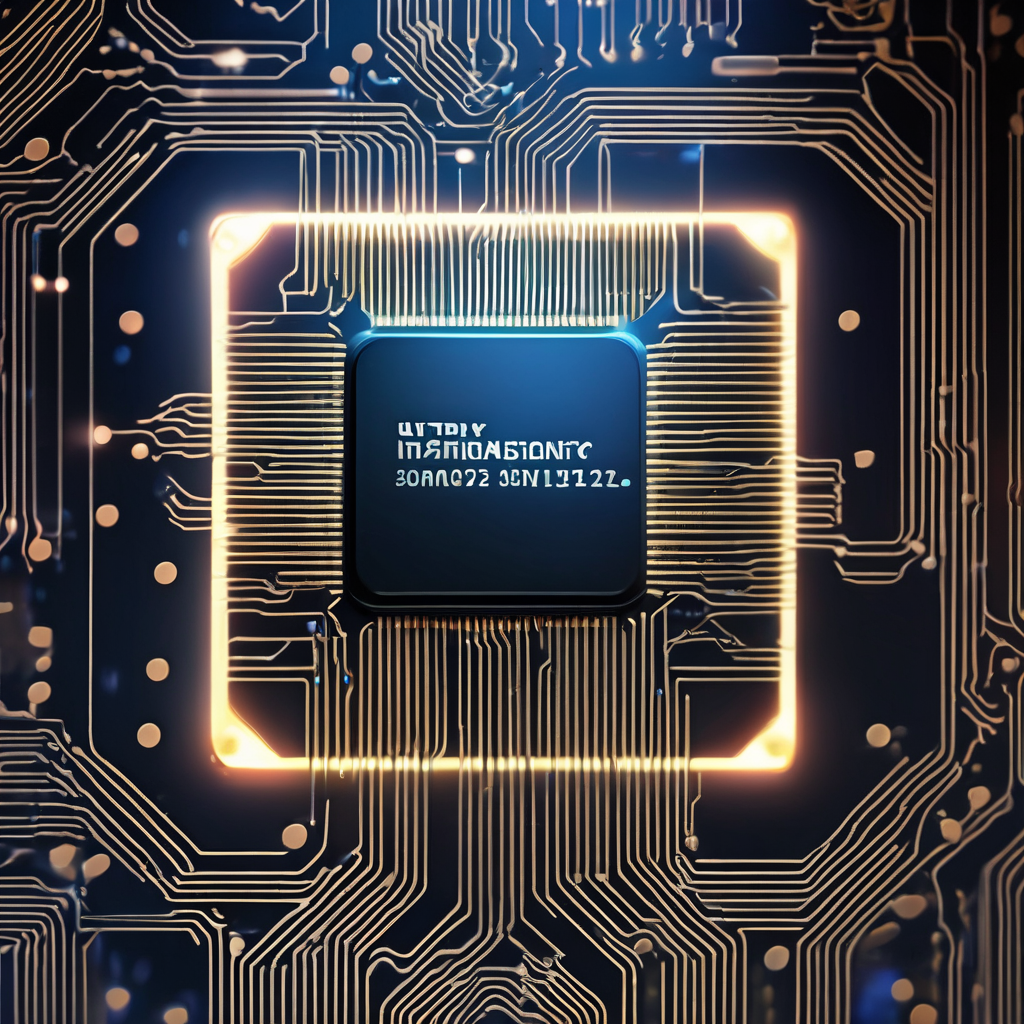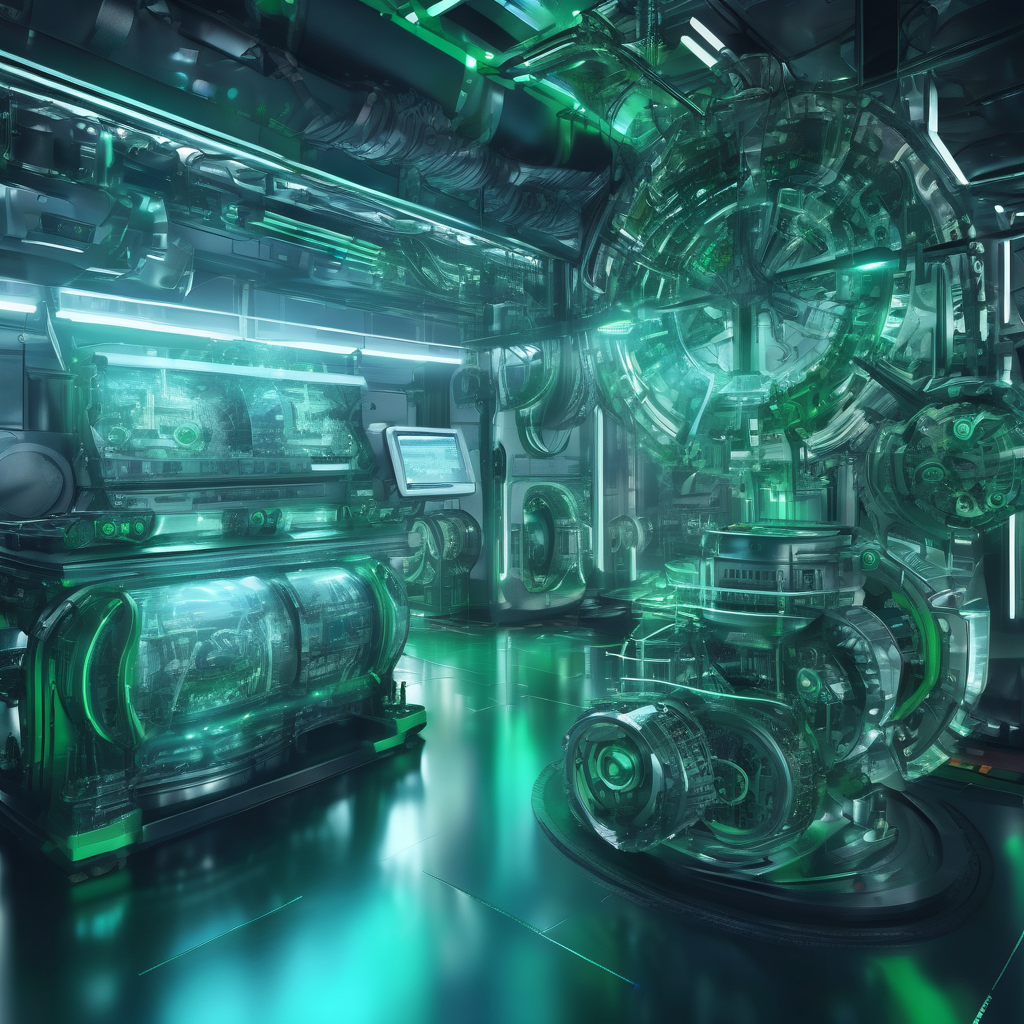
Over the past year, AI-generated video diffusion models have made remarkable advances in visual realism, demonstrated by models like OpenAI’s Sora 2, Google’s Veo 3, and Runway Gen-4. AI video generation is reaching a pivotal stage, with the latest models able to create stunning, lifelike clips. However, these models’ architectures limit their use for real-time interactive applications, as they generate video frames sequentially via complex, computationally demanding steps. Processing each chunk before moving to the next causes latency, preventing live AI video streaming. Most AI practitioners focus on generating clips for later viewing, with live, instant AI video transformation still considered years away. Decart’s team challenged this architectural barrier and developed LSD v2, a model that demonstrates minimal latency is achievable through novel approaches applicable to various AI models. They optimized infrastructure to maximize GPU utilization and accelerated the denoising process critical for preventing error buildup. LSD v2 uses a causal, auto-regressive architecture to generate video instantly and continuously, without output duration limits. Key innovations include: 1. **Infinite Generation via Causal, Auto-regressive Models** To enable streaming output, video models must operate “causally, ” producing each frame based only on preceding frames, reducing computational load. This approach ensures continuity, but over time suffers from error accumulation—small inaccuracies like a misplaced shadow become increasingly distorted, limiting most models to short clips. To counter this, Decart enhanced “diffusion forcing” to denoise frames as they’re generated and introduced “history augmentation, ” training models to recognize and correct corrupted outputs. The causal feedback loop considers prior generated frames, the current input, and user prompts, enabling the model to identify and fix artifacts and output high-quality content indefinitely. This allows continuous real-time editing and transformation based on user input. 2. **Achieving Subsecond Latency Through GPU Optimization** Real-time interactive AI video requires generating each frame within 40 milliseconds to avoid visible lag.
However, causal AI models’ computational intensity clashes with modern GPUs’ design, which favors large batch processing over low latency. Decart addressed this by deeply optimizing Nvidia’s Hopper GPU kernels. Instead of numerous small kernels causing frequent stops, starts, and data movement—which wastes time and leaves much GPU capacity idle—they created a single “mega kernel” to run all model computations in one continuous pass. This approach dramatically improves GPU utilization and speeds processing by an order of magnitude, analogous to how Henry Ford’s assembly line revolutionized manufacturing by streamlining sequential workflows. 3. **Pruning and Shortcut Distillation for Efficiency** Neural networks tend to be over-parameterized, containing many parameters unnecessary for generating desired outputs. Decart applied “architecture-aware pruning” to remove redundant parameters, reducing computational workload and tailoring models closely to hardware architecture. Additionally, they developed “shortcut distillation, ” fine-tuning smaller, lightweight models to match the denoising speed of larger, more power-hungry models. Using these shortcut models reduces the steps needed to generate coherent frames, compounding incremental time savings and accelerating overall output generation. These breakthroughs collectively enable subsecond latency video generation, a crucial milestone that opens AI video to interactive use cases previously impossible. Users can continuously edit content on-the-fly, adapting videos live based on prompts or audience input. This capability offers exciting prospects for live-streaming influencers and Twitch streamers who can dynamically modify content as they broadcast. Beyond entertainment, this technology holds promise for live video games, enabling AI-generated sequences adapting in real-time to player choices—such as branching narratives shaped by user decisions. It also impacts extended reality, immersive education, and large-scale event marketing. Furthermore, AI-generated videos serve as neural rendering engines for professionals like architects and interior designers, enabling rapid prototyping of styles and themes via prompts before finalizing designs. Most remarkably, removing latency while enabling infinite video generation empowers creators to explore longform content interactively. They can adjust scenes, lighting, camera angles, and character expressions in real time as the video unfolds, transforming storytelling into a dynamic, user-driven experience. Kfir Aberman, founding member of Decart AI and head of its San Francisco office, leads efforts in transforming real-time generative video research into products. His work focuses on building interactive, personalized AI systems that blend research excellence with creative user experiences.
Decart AI's LSD v2 Breakthrough Enables Real-Time, Low-Latency AI Video Generation


The Saudi government is significantly boosting Hollywood-focused AI by leading a $900 million funding round for San Francisco-based Luma AI, a company developing models for entertainment applications.

New York – The creator economy’s advertising sector is rapidly expanding and evolving, with ad spending soaring from $13.9 billion in 2021 to $29.5 billion in 2024, and forecasts projecting growth to $37 billion soon.

In today’s fast-changing digital environment, the rise of artificial intelligence has profoundly reshaped how brands manage their visibility and online presence.

Nvidia's recent earnings report has drawn significant attention from investors and tech enthusiasts, marking a key milestone in the AI revolution.

At the recent Ignite 2025 conference, Microsoft announced the integration of OpenAI’s advanced video generation model, Sora 2, into Microsoft 365 Copilot, marking a major enhancement to its productivity tools.

At the Nvidia GPU Technology Conference (GTC) 2025, CEO Jensen Huang delivered a keynote outlining a transformative future for artificial intelligence (AI), describing it as reaching a critical "inflection point." Addressing thousands of developers and industry leaders at the event—often dubbed the "Super Bowl of AI"—Nvidia unveiled significant advancements in technology and its vision for AI’s next decade.

Imagine the scenario: a week before your mother’s birthday, you want to find her a chocolate gift.
Launch your AI-powered team to automate Marketing, Sales & Growth

and get clients on autopilot — from social media and search engines. No ads needed
Begin getting your first leads today